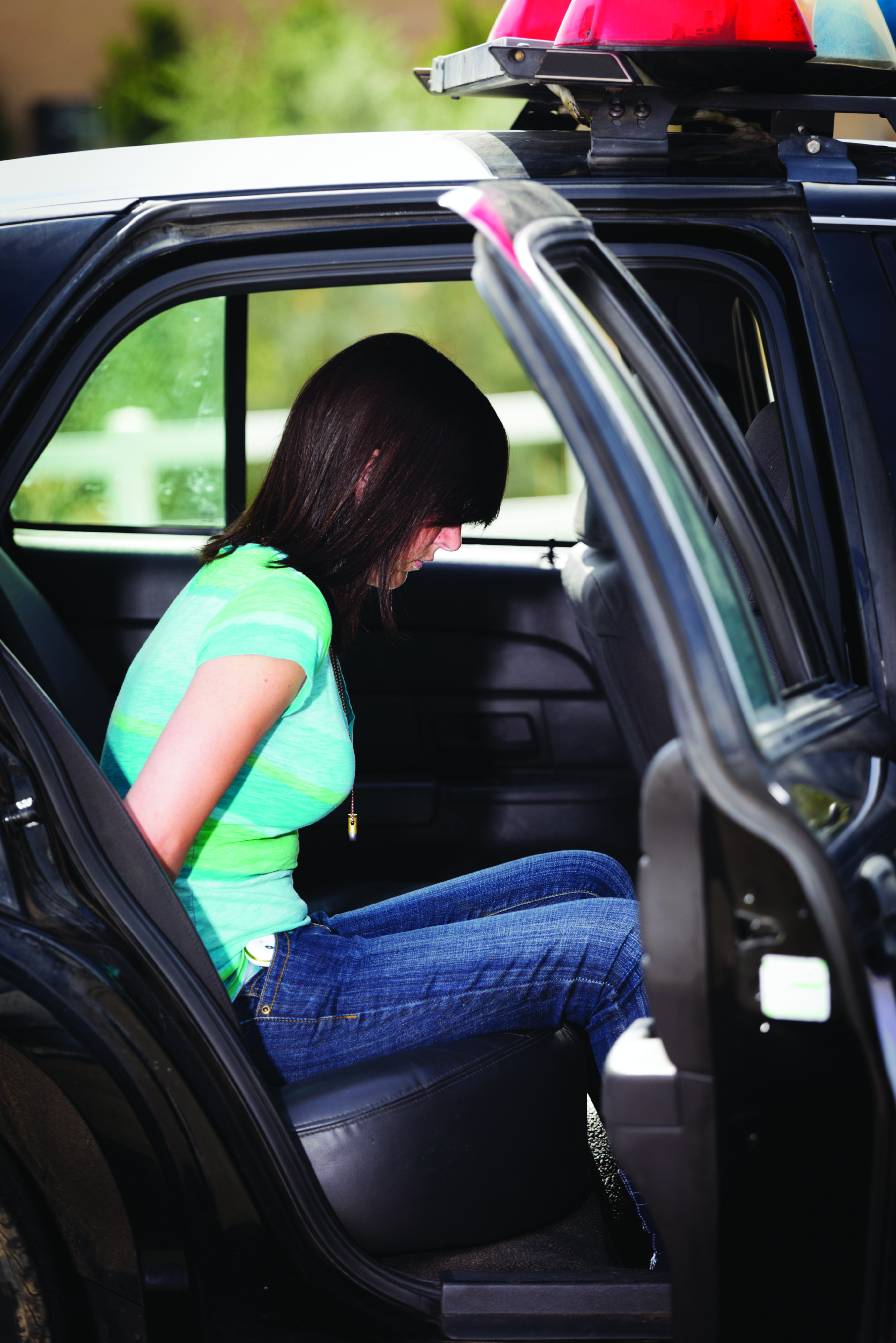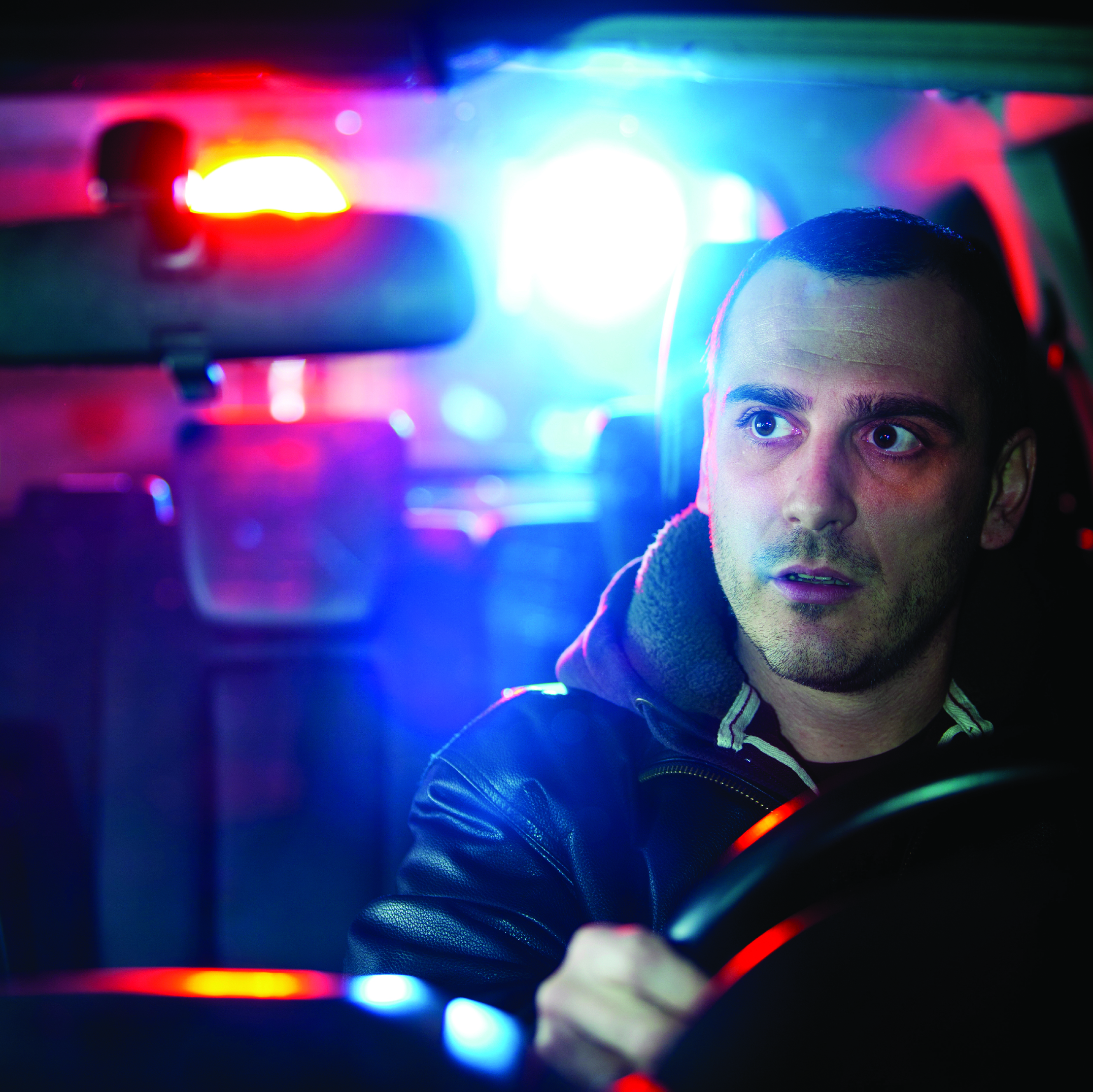In San Diego County and throughout California, driving under the influence penalties are getting harsher. In most cases, alleged DUI incidents are charged with two penal code violations:
- Driving a vehicle while under the influence of alcohol, drugs, or a combination of both; and,
- Driving with a blood-alcohol content (BAC) at or above .08 percent.
Along with these (or other possible) charges, the prosecuting agency may also add penalty enhancements to the complaint. Just as it sounds, if alleged, these can increase the penalty imposed if a person pleads guilty or is found guilty of the enhancement.
Typical enhancements include prior convictions within the past 10 years, high BAC, refusals, speeding, child endangerment, and accidents/injuries.
If a person was convicted or pleaded guilty to a DUI or a wet reckless within 10 years of the current offense, the sentence for the new drunk driving matter will be increased in the criminal court proceeding. Also, the DMV will suspend the driving privileges for a longer period and the driver will have to attend a longer DUI program. Each prior offense will increase the penalties. If the person has 3 prior DUI offenses on their record, the 4th could be charged as a felony, thus exposing him or her to a prison sentence. This is true even if none of the drunk driving offenses involved an accident or any injuries.
If a person’s blood-alcohol content is proven to be .15% or more or .20 or more, additional penalties may be imposed. On a first DUI with a .20 BAC, the 9-month alcohol program will be ordered instead of the 3-month program. In addition, the judge may also impose additional terms such as mandatory AA meetings, public work service, or an ignition interlock device.
If the driver refused to do a chemical test after a lawful arrest, additional administrative penalties are imposed through the DMV. For instance, on a first DUI with a refusal, the DMV will suspend the driving privileges for one year, instead of the usual 4 months. Plus the court will use this to enhance the sentence, including 2 days of mandatory jail time.
If a person was driving 20+ mph over the speed limit on surface streets or 30+ mph over the speed limit on the highway, the enhancement is called reckless driving. Under California Vehicle Code Section 23582, the judge will order a mandatory 60 days in custody in addition to all the other penalties imposed for the DUI.
If the DUI driver had a minor under the age of 14 in the car when the offense occurred, they will likely be charged with the child endangerment enhancement. The court may enhance the drunk driving sentence by adding an additional 10 days of jail time.
If an accident was involved and there was property damage, the court will order restitution. If a person was injured in the accident, the charges will often be felony DUI or a misdemeanor DUI with injuries, both will include enhanced penalties.
The above blog article is by no means all-inclusive and is not legal advice. Laws may change and may not apply to your case. For the latest information or to get legal advice, speak to a DUI attorney in your area.
Continue reading ›
 Today, the Supreme Court of the United States (SCOTUS) announced its decision in both Riley v. California, a San Diego case, and United States v. Wurie, a Massachusetts case, that addressed the issue of whether law enforcement can search a person’s smart phone after a lawful arrest. [The Law Offices of Susan L. Hartman previously wrote a blog article about the Riley case, see background case information in “Can Cops Search Your Cell Phone Without A Warrant?“]
Today, the Supreme Court of the United States (SCOTUS) announced its decision in both Riley v. California, a San Diego case, and United States v. Wurie, a Massachusetts case, that addressed the issue of whether law enforcement can search a person’s smart phone after a lawful arrest. [The Law Offices of Susan L. Hartman previously wrote a blog article about the Riley case, see background case information in “Can Cops Search Your Cell Phone Without A Warrant?“] San Diego DUI Lawyers Blog
San Diego DUI Lawyers Blog







 In most
In most